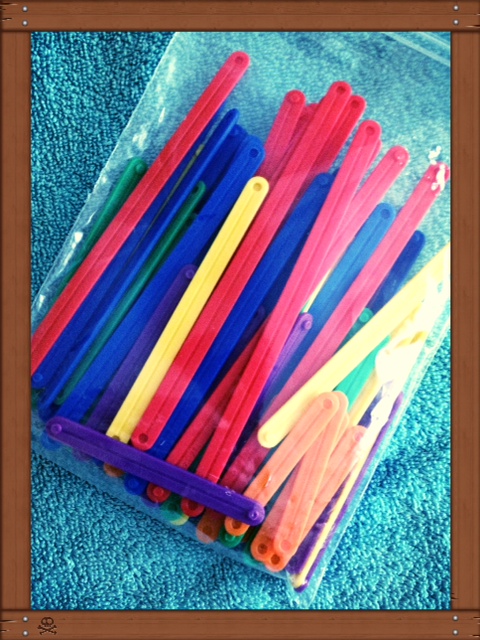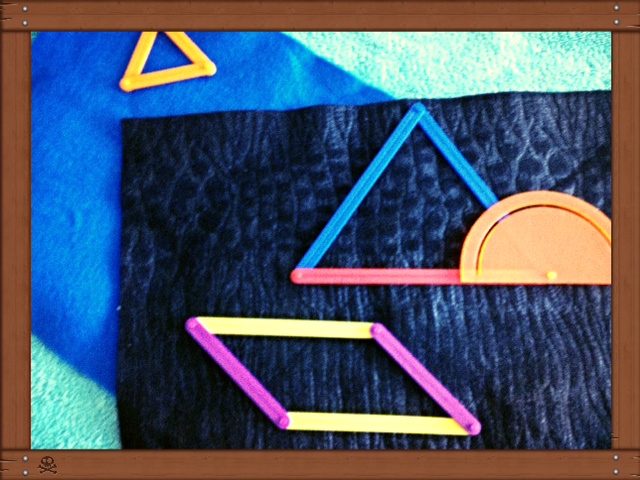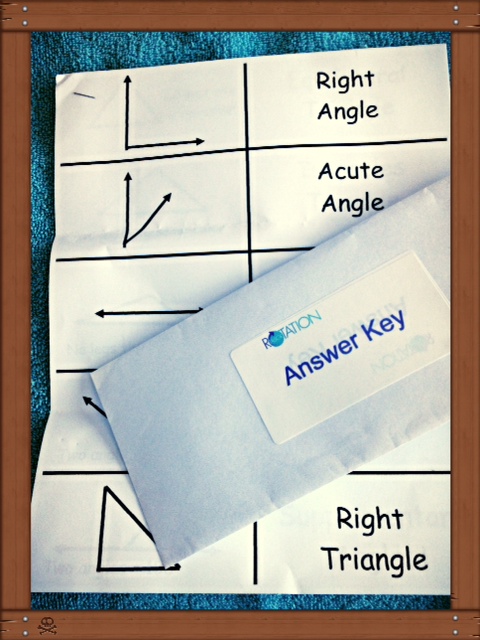“Talent wins games, but teamwork and intelligence wins championships.” -Michael Jordan
That’s why teams working together at math stations are a vital component of the Tabor Rotation Framework. Effectively equipping teams for their work is imperative—especially in a math classroom at a math station!
When teachers begin to sophisticate their use of students working in math stations in a classroom, many questions arise. Here are some recently submitted after conference and institute sessions:
“How do I do this with a class of 30 students? Do I increase the team size?”
“Do you have 4 stations in large groups of students or do you implement mulitiple stations?”
“Will this work with more than 25 students? More than 30? 35?”
I created and began using the Tabor Rotation Framework when the size of my classes was close to 40 students at a time. I tried making more than four stations to accommodate more students, but I found that while I was working harder, the station rotations had to be shorter, and the in-depth understanding of concepts I wanted for my students wasn’t occurring on a regular basis.
So, I decided to make keep 4 teams–whatever the size. For an 8-member team, I divide the team into 4 pairs. The Leader helped facilitate the activity for 3 other people and the Co-Leader facilitated the activity for the remaining 3 students. Some Tabor teachers appoint two Co-Leaders when they have large team sizes.
Let’s look at an example. A class is studying geometry. On Days 2 & 3 of a week using the Tabor Rotation Framework, the Manipulative Station is set up with an activity called, “Angles and Triangles.” This activity helps students use concrete manipulatives to build a foundation for all types of angles and triangles. The activity also serves as a practice or review for students who are already familiar with most angles and triangles.
At the Manipulative Station there is a Station Bag. Inside the Station Bag are 4 Pair Bags and a Leader Folder. (10-member team = 5 Pair Bags, 12-member team = 6 bags, etc.) For more about the contents of the Station Bag and the Leader Folder, please read my last blog post, “Effective Math Stations? Leader Folders!”
For the “Angles and Triangles” Manipulative Station Activity, each Pair Bag contains:
A set of directions
A set of cards to turn over and know what to create with anglegs
A set of anglegs
A work space mat
And, an answer key
“But, does this really work?”
“YES!!!”
During the piloting phase of the Tabor Rotation Framework, multiple schools and multiple teams of teachers were asked to try 4 stations, 6 stations, and even 8 stations. The number that led to the greatest success every time was 4. The Tabor teachers who tried more than 4 stations found the same things I did. They worked harder with fewer results and less in-depth understanding from their students.
Rotating through 4 Stations, with a Heterogeneously Grouped Team, during Days 2 & 3 of a week using Tabor Rotation was the most effective grouping of students to explore concepts in varied modalities. Your classes and teams can be as large as the original Tabor Rotation ones (8-10 to a team) or as small as two. When teachers use fully-equipped Pair Bags inside fully-equipped Station Bags, everyone can focus on the mastery of math!
Download these two activities for your Manipulative Station and make as many pair bags as you need!
It Figures: Creating Congruent & Similar Figures
If you’re reading this and still asking yourself, “Why bother building math teams and creating math work stations? Maybe a thought from Mary Barnett Gilson will help,
“…there are persons who seem to have overcome obstacles and by character and perseverance to have risen to the top. But we have no record of the numbers of able persons who fall by the wayside, persons who, with enough encouragement and opportunity, might make great contributions.”








